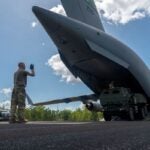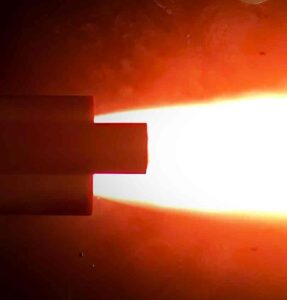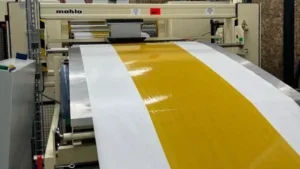
While COVID-19 affected the supply chain for BAE Systems' B-Kits for the company's Eagle Passive Active Warning and Survivability System (EPAWSS), the U.S. Air Force said that it expects deliveries to be back on schedule by this fall. "There are 19 B-kits actively in production and the first three are late but are not delaying F-15EX deliveries or F-15E modifications," the Air Force said on May 18 in an email response to questions. "The primary reason the initial B-kit hardware…














